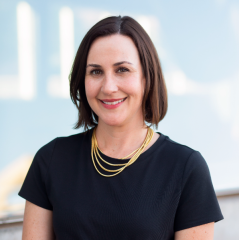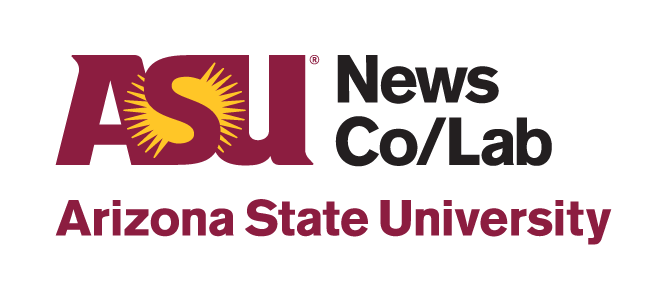Transparency toolkit: 5 tips to scan the community
Do you actually know how your community finds and feels about the news? We created a set of surveys to shed light on news perceptions from three local populations: the community at large, regular news sources, and local journalists themselves. Together, these survey results can provide insight into how your news organization can better serve the community’s information and news literacy needs.
1. Customize and deploy your surveys.
The community survey assesses impressions of local news, news consumption, creation and sharing habits, awareness of local news, and basic attributes of news and media literacy.
The news sources survey assesses news consumption, news awareness and some basic media literacy attributes, as well as perceptions of sources’ experience working with the news organization.
The newsroom survey measures journalists’ perceptions of certain trust, credibility, engagement and media literacy attributes.
Tip: Surveys designed by the News Co/Lab can be used as-is, or can be modified to meet your specific needs. To access the full questionnaires contact us here.
2. Program your surveys.
You can use any of the popular online survey programs to create your surveys; costs to create the survey will vary by provider from free (Google Forms) to monthly fees of $32 (Survey Monkey) to $75 (QuestionPro) for a larger set of features and reponses.
Tip: Some investment will be required to reach a large enough sample to be statistically significant. We strongly recommend that you do this. However, if financial constraints prevent you from getting a statistically significant sample and you’re comfortable with what amounts to anecdotal evidence, you can choose the survey platform that best suits your needs.
3. Identify your audiences and deploy your surveys.
We created surveys for three local populations: the general community, regular news sources and local journalists.
Targeted social media ads are the easiest way to reach a broad cross-section of your community. Facebook’s and Twitter’s ad managers and Google Surveys make it easy to segment populations so you can get a representative sample. You can also try Amazon Mechanical Turk, a popular survey tool among social science researchers. To target current readers, you can also publicize the survey on your website, in an email newsletter or through organic social media posts.
Tip: Aim for 2,000 respondents for a representative sample. The most economical way to achieve that number is through Mechanical Turk.
Ask the newsroom for suggestions for the news sources survey. You want to target folks who regularly interact with the news — and not only those you think will give positive feedback.
Tip: It’s best for reporters to send sources an email the survey link with a brief explanation. The sources are more likely to respond because of their relationship with the reporter.
Strongly encourage all newsroom personnel to complete the survey. The more results you get from the newsroom, the better comparison it creates against the sources and community surveys.
Tip: Review results with the newsroom so they can see where they stand among their peers and other groups. But keep individual responses private.
4. Analyze your data.
You have options based on how deep you want to go with your data. Your survey provider will offer basic analytics, including percentages and crosstabs for your questions. Digging deeper — to weight answers for a representative sample or run statistical tests for significance, for example — will require more advanced statistical methods. You may have this expertise on your staff or you may require outside research support. The News Co/Lab can help if you want to go deep.
Tip: Out-of-the box results are useful for the individual newsrooms, which is the main objective of the surveys. Additional analysis can help to generalize the results, making the information more useful for others in the industry.
5. Write about your results.
Tell your audience what you found in the survey results and why you think it’s important to your newsroom and the community. Explain that the research forms the foundation of your initiative and emphasize your desire to improve in areas most important to the community.
Tip: Refer back to your survey results regularly throughout the process to inform or remind readers why transparency and engagement are important to your newsroom.

Kristy Roschke, managing director of the ASU News Co/Lab, is a media scholar and educator. Her research interests include misinformation, media literacy education and media trust. Roschke has developed curriculum and taught journalism and media literacy courses at the high school and university level for nearly 20 years.

